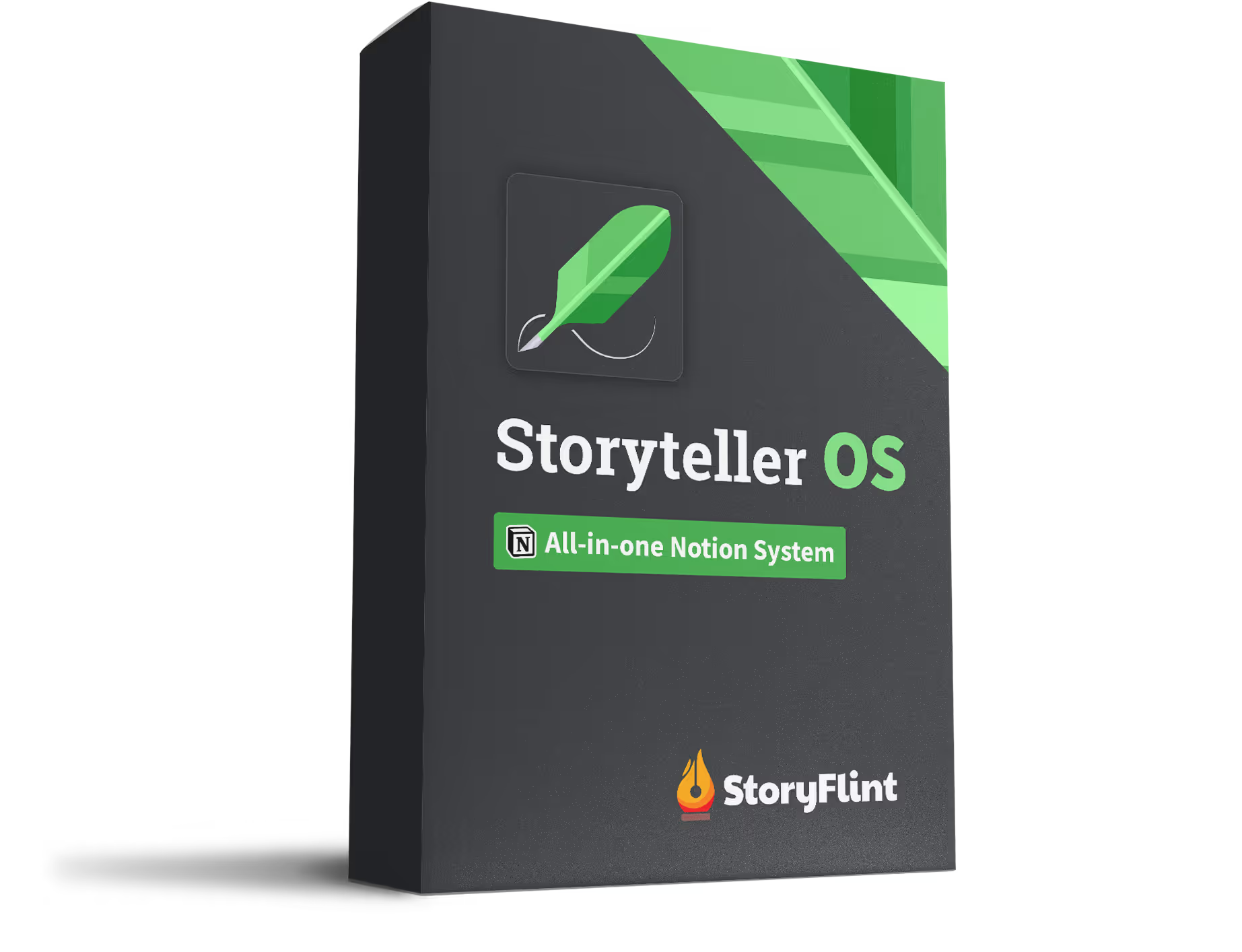What is a Designing Principle?
Popularized in the book The Anatomy of Story by John Truby, the term "designing principle" refers to the internal logic of how a story is told. This logic should be consistent and clear to the reader. It is the principle that governs how everything in your story works together.
The designing principle is the foundation for aspects of your story like the tone, plot structure, theme line, storyworld, and character arcs.
A designing principle can be anything from "the hero must overcome great odds" to "everyone has a secret". The important thing is that it's specific, easy to remember, and applies to all aspects of your story.
Do I need a Designing Principle in my story?
The short answer is no. Not every story has a designing principle and some stories are still very good without one.
However, if you want a boost of originality in your story to make it stand out from the rest, implementing a designing principle can do just that.
When should I develop a Designing Principle?
If you choose to have a designing principle in your story, it's best to develop it very early on in the conceptual process, particularly right after you come up with your story idea.
Once you build the premise of your story–what you are going to tell–you then need to figure out how to tell it. Your designing principle is the guide you construct for yourself on how the story will be told.
How do I develop my own Designing Principle?
There is no step-by-step guide on how to develop a unique designing principle. This is one aspect of the story that's going to require a lot of brainstorming and creativity.
It really comes down to what principle is going to make your premise into the most interesting and original story possible.
Ways to construct a Designing Principle
1. Use a classic story in a new setting
Old tales from Shakespeare, Homer, Dante Alighieri, and Lewis Carroll have been retold in countless ways in some of the most entertaining stories of the modern era. You might not even notice that some stories are retellings of classic stories.
One way to set up your designing principle is to take one of these old stories and place it in a different setting or genre and give it more up-to-date themes.
[.article-example]Designing Principle Example:
The Lion King (1994) – A retelling of Shakespeare’s Hamlet using the perceived hierarchy of jungle animals and a lion as the “king of the jungle”.[.article-example]
2. Take tropes from one genre and place them in a different one
A great technique to use when brainstorming for your story is combining two different ideas that wouldn't normally go together. This could be used to add tropes from one genre in a new one.
Tropes in a certain genre can become stale if used regularly but can be revitalized when used in an unexpected genre.
[.article-example]Designing Principle Example:
Alien (1979) – Take a classic horror monster/haunted house trope and set it in a futuristic spaceship with a predatory alien.[.article-example]
3. Subvert your genre
One way to make your story stand out is to play with the conventions of the genre and subvert the audience's expectations. This can be done by introducing new elements, twisting the familiar ones, or parodying.
[.article-example]Designing Principle Example:
Deadpool (2016) – With the influx of superhero movies and generic tropes, use a lesser known, 4th-wall breaking hero to poke fun and parody his superhero contemporaries.[.article-example]
4. Use elements from the story to set up its structure
The designing principle can also be based on certain elements from the story to dictate how the story is structured. This can be a motif, symbol, or even the title.
By using this technique, you're not only using the element on the characters, but you are also using the element on how the audience reads/watches your story.
[.article-example]Designing Principle Example:
The Sting (1973) – Tell the story of a sting in the form of a sting, and con both the opponent and the audience.[.article-example]
Can I have multiple Designing Principles in my story?
The more designing principles you can use coherently in your story, the more depth it will have and the better it will be.
But beware, you must find a way to use them in a coherent manner or your story will be a mess. Though it is possible to have multiple designing principles, they must be related.
[.article-example]The Matrix (1999):
Designing Principle #1 – A modern retelling of Alice in Wonderland through the emerging cyber world (of 1999) as the hero learns to free his mind of what he thinks is ordinary and accept what could be possible.
Designing Principle #2 – The rise of a prophesied messiah as he goes on a Christ-like journey of birth, death, and resurrection.[.article-example]




